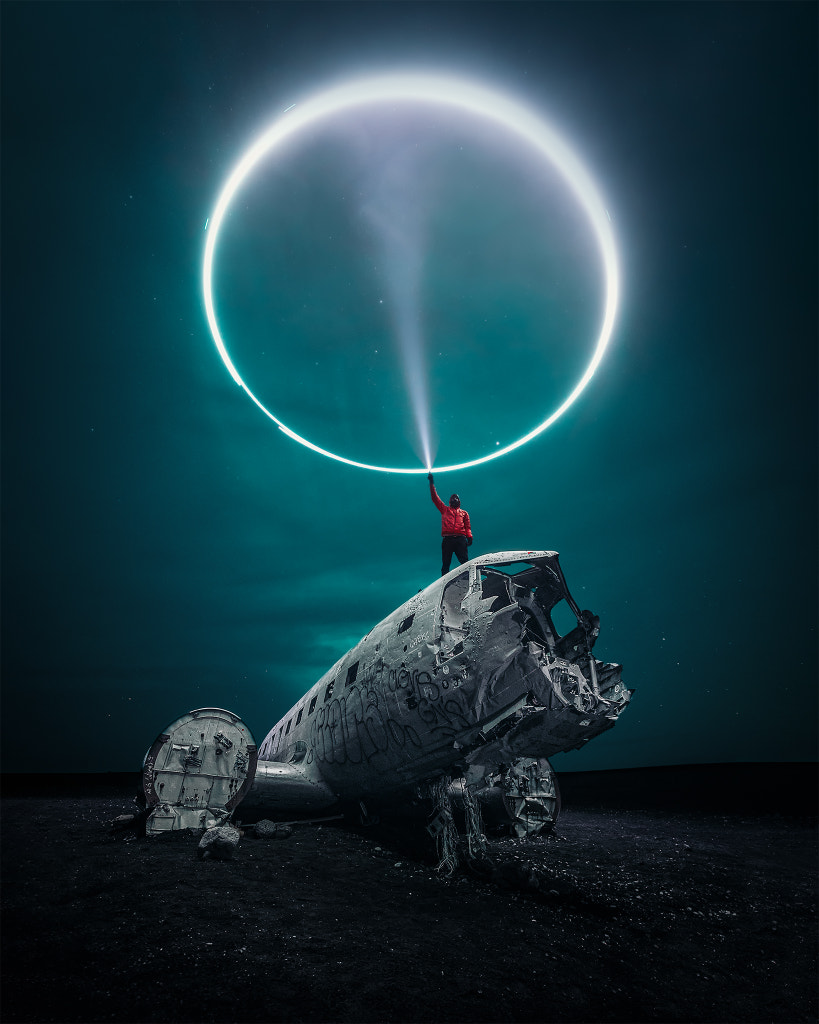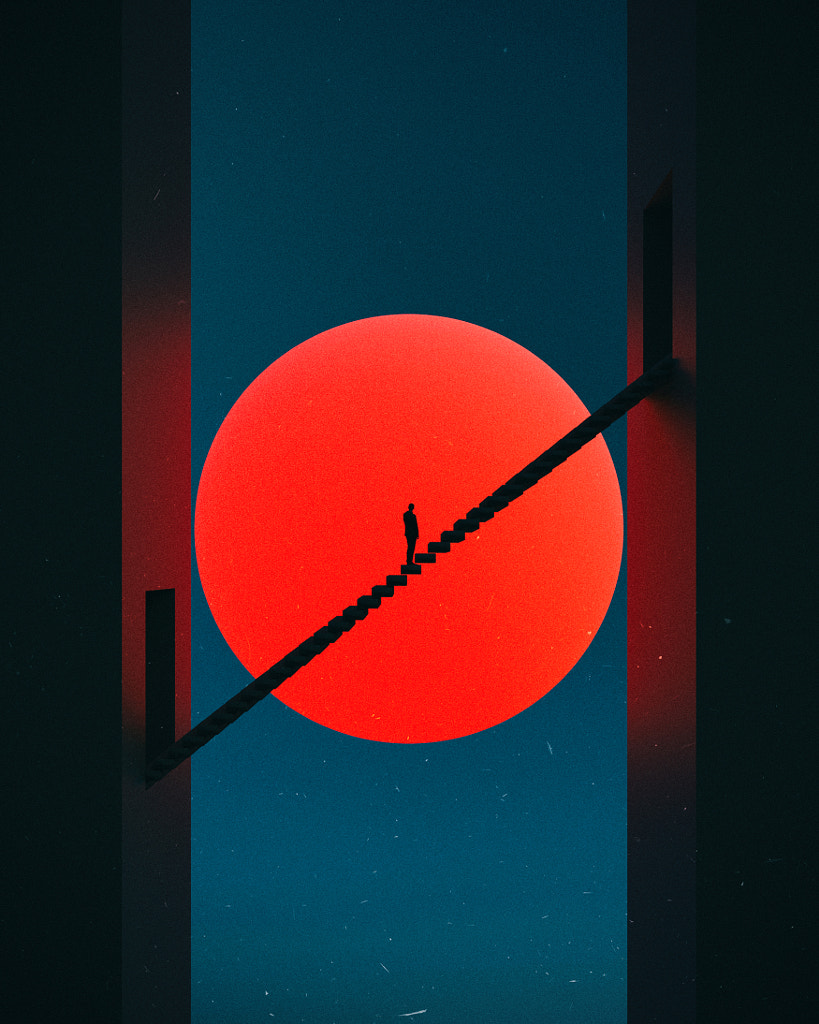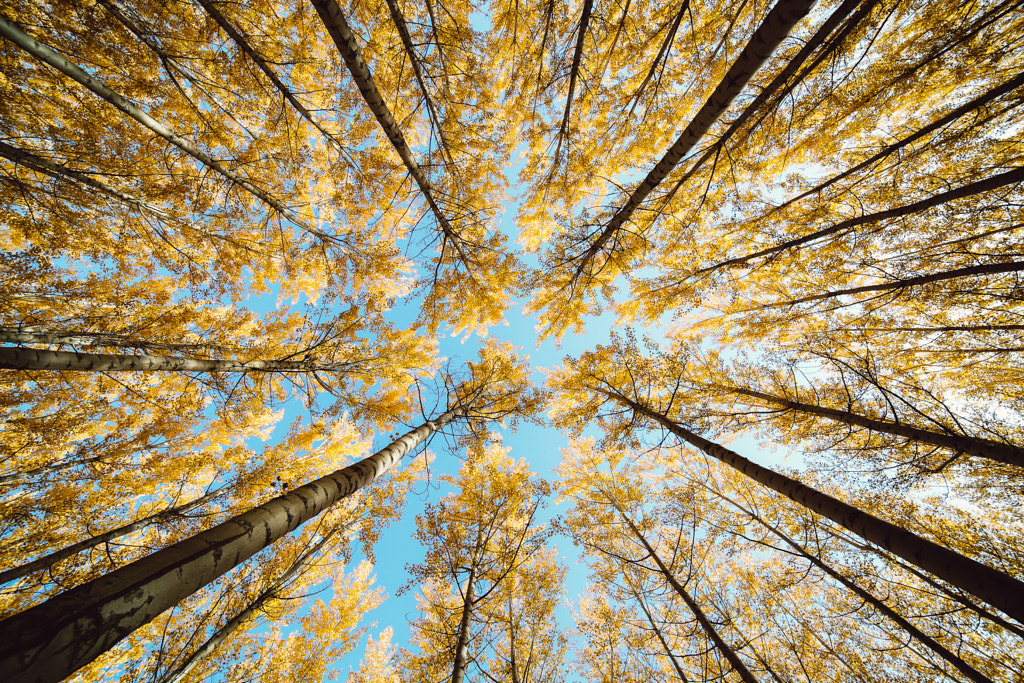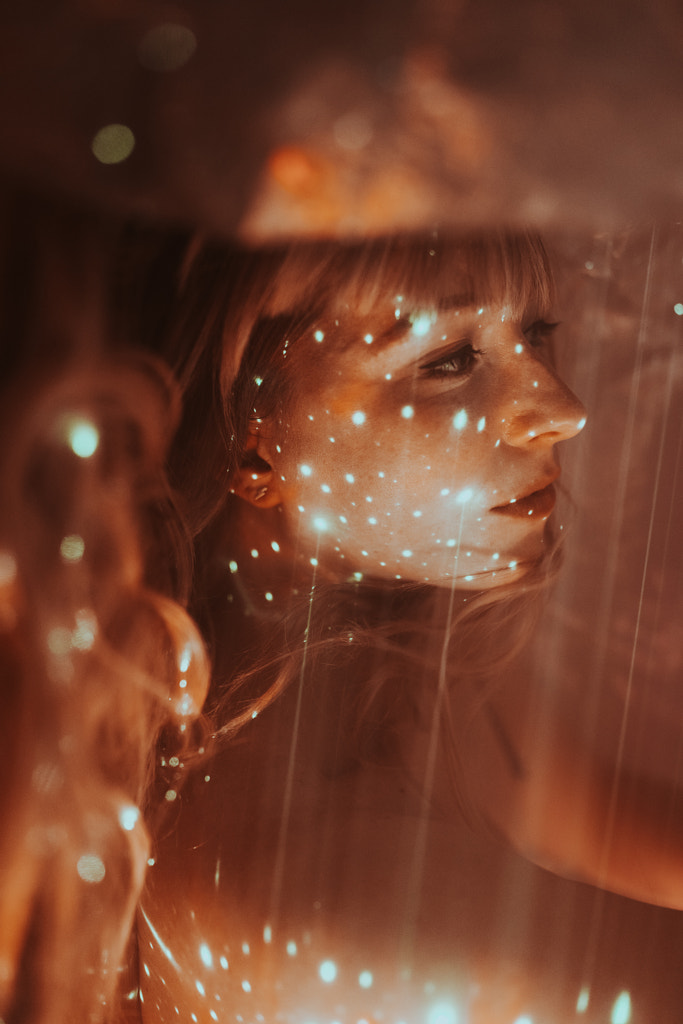In the fall of 2021, Christie’s, the iconic auction house, surpassed $100 million in NFT sales. It had been almost a year after the artist Beeple made headlines worldwide for breaking the record for the most expensive artwork sold online: $69 million. In the last year, photography NFTs have sold alongside photographs by the likes of Ansel Adams and Diane Arbus, drawing attention and interest from artists and collectors alike. In this story, we’ll take a closer look at what NFTs are and what they could mean for photographers.
NFTs explained, without the jargon
NFTs are “non-fungible tokens,” meaning they’re unique and can’t be duplicated. An NFT is a digital asset that uses blockchain technology to provide proof of provenance for digital artworks, making it possible for collectors to own photos, gifs, videos—you name it—in a way that would be impossible otherwise. At the same time, they leave a clear trail back to the artist and enable photographers to earn money from the sale of digital pieces.
Of course, other copies of those same photographs can (and often do) appear elsewhere on the web, but they are not the authentic, verified version. Someone could pull a photo from your website or take a screengrab, but they wouldn’t own that artwork—in the same sense that someone who pulls a photo of an Edward Steichen print from Google Images wouldn’t own that artwork. To oversimplify, an NFT is a digital file that acts as a certificate of authenticity. It might also help to think of it as an artist signature.
Plus, just as you would expect in a physical gallery, when someone buys a piece of your work, they don’t own the copyright. That remains with you as the photographer, unless you sign it away for some reason (don’t do this unless that reason is a very good one!). Another thing to note about NFTs is that photographers can set royalties, meaning they earn a specific percentage every time a collector sells the piece to someone else.
In 2021, we’re experiencing what many have dubbed the “NFT gold rush.” The possibility of digital scarcity and digital ownership feels new and exciting, and collectors are getting serious about entering this space and investing in unique art. As a result, we’ve seen headline-grabbing numbers, as in the case of Beeple as well as some prominent photographers. NFTs have created a massive buzz, as photographers find new ways to connect with collectors.
NFT marketplaces
Speaking of collectors, a marketplace works as a kind of digital gallery where you can list your artwork for collectors to find. They’re places where you can get noticed and make connections. When it comes to choosing a platform, put in some time looking at the options. Check out where photographers you follow and admire list their NFTs. These marketplaces can foster connections between new artists and buyers, so keep an eye out for platforms with existing followings and communities.
Each platform will also come with its own set of rules, so read the fine print; some, for example, are open, while others are invite-only. Keep in mind that you’ll have to pay for art tokenization; that is, it costs money to mint and list your work. We’ll go into that process a bit more in an upcoming article on NFT best practices, but keep in mind that there are upfront costs.
NFTs and the environment
As of this writing, cryptocurrencies like Ethereum, used for many NFTs, run on a vast network of computers, manned by “miners” who crunch the numbers. Unfortunately, this network uses a lot of energy. There’s no getting around it: this kind of energy usage could be catastrophic for our planet.
When all is said and done, cryptocurrencies can be responsible for millions of tons of carbon dioxide emissions. According to research from back in 2018, each $1 of Bitcoin (another popular cryptocurrency) value created was responsible for $0.49 in health and climate damages in the US. According to recent estimates, the network that runs Ethereum uses an amount of energy roughly equivalent to the power consumption of some mid-sized countries (again, as of this writing).
Ethereum and other popular cryptocurrencies currently work on what’s known as a “proof of work” system, which is highly energy inefficient, but some cryptocurrencies use a more ethical “proof of stake” system. Ethereum has been teasing a switch to this system for years now, with plans to make it happen in 2022. If and when they do this, it could reduce upwards of 99.9% of their power consumption.
In the meantime, there are more sustainable alternatives, though not enough people seem to be using them! We urge you to follow along at CleanNFTs to check out what platforms use “proof of stake” cryptocurrencies. To be clear, photographers are not to blame for the environmental cost of NFTs, but we believe in artists and know that they have the power to push for positive change. That starts with educating yourself and knowing the facts—and then taking action.
Setting realistic expectations
The promise of an “NFT gold rush” can feel irresistible, but it’s important to enter this space with realistic goals and expectations. It’s true that some photographers make huge amounts of money selling NFTs, and these are the artists who make the headlines, but these artists also usually have large, pre-existing followings. Those without a high profile might need time to find their niche or establish themselves with collectors. That’s okay too.
The important thing is to do your homework on the various platforms available and put careful thought into how and where you sell your work. This is a competitive space, and you’ll have to pay to mint an NFT, so make sure you’re investing your money wisely. Research the market; join Clubhouse chats dedicated to NFTs and photography, and see what kinds of photographs are selling as NFTs.
It’s a welcoming and supportive community, so feel free to reach out to other artists to get their tips and insights. Finally, ask yourself how you can set yourself apart and offer something collectors haven’t seen before. The world of NFTs is still relatively new, but for emerging photographers, they can offer yet another means of monetizing your work, establishing your collector base, and growing your business.
Join the waitlist now to get early access to Vault by 500px to get early access and be the first to find out how you can create, buy, sell, and earn.
The post What you need to know about NFTs as a photographer appeared first on 500px.






